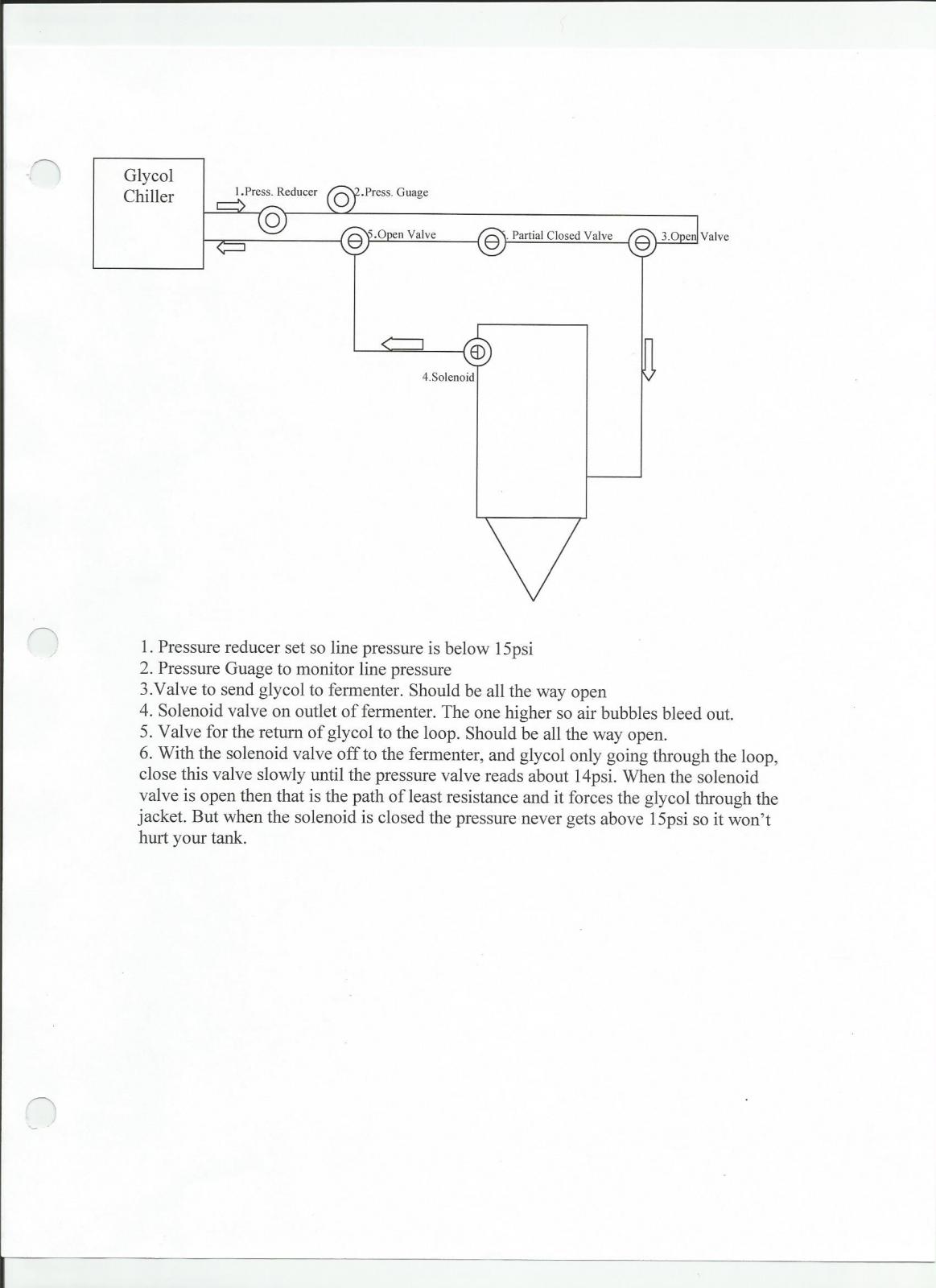JB_Brewing2
Well-Known Member
About two weeks ago I started brewing 10 gallons of a rye ale. When it came time to chill the wort, I began normally with a sanitized rag covering the blow-off tube opening with the valve in the open position and took it down to 68F. When I opened the lower side valve to take a sample for measuring SG, all I received was gurgling from the valve and the temperature on the TC increased from 68F to 75F. I checked the blow-off valve and had a gush of air sucked in when I opened it. To say the least, I was resigned to buying a new jacketed conical base. The bonehead mistake I made was to install the handle on the valve controlling the blow-off tube 90 degrees off! The valve handle indicated the valve was open the entire time I chilled when in fact it was closed. I had nightmares for two weeks thinking I had damaged the jacket by creating a vacuum which we all know can be detrimental to our BIAC's. Kegged the batch last night and to my amazement - no damage! I'm thinking the keg racking post, which was installed on the other port on the lid, was opened by the vacuum and relieved enough pressure to avoid damage. ??? Lesson learned: Double check my valve assembly. My next brew will be after I receive the vacuum safety valve with filter from Nathan.










![Craft A Brew - Safale S-04 Dry Yeast - Fermentis - English Ale Dry Yeast - For English and American Ales and Hard Apple Ciders - Ingredients for Home Brewing - Beer Making Supplies - [1 Pack]](https://m.media-amazon.com/images/I/41fVGNh6JfL._SL500_.jpg)

















































